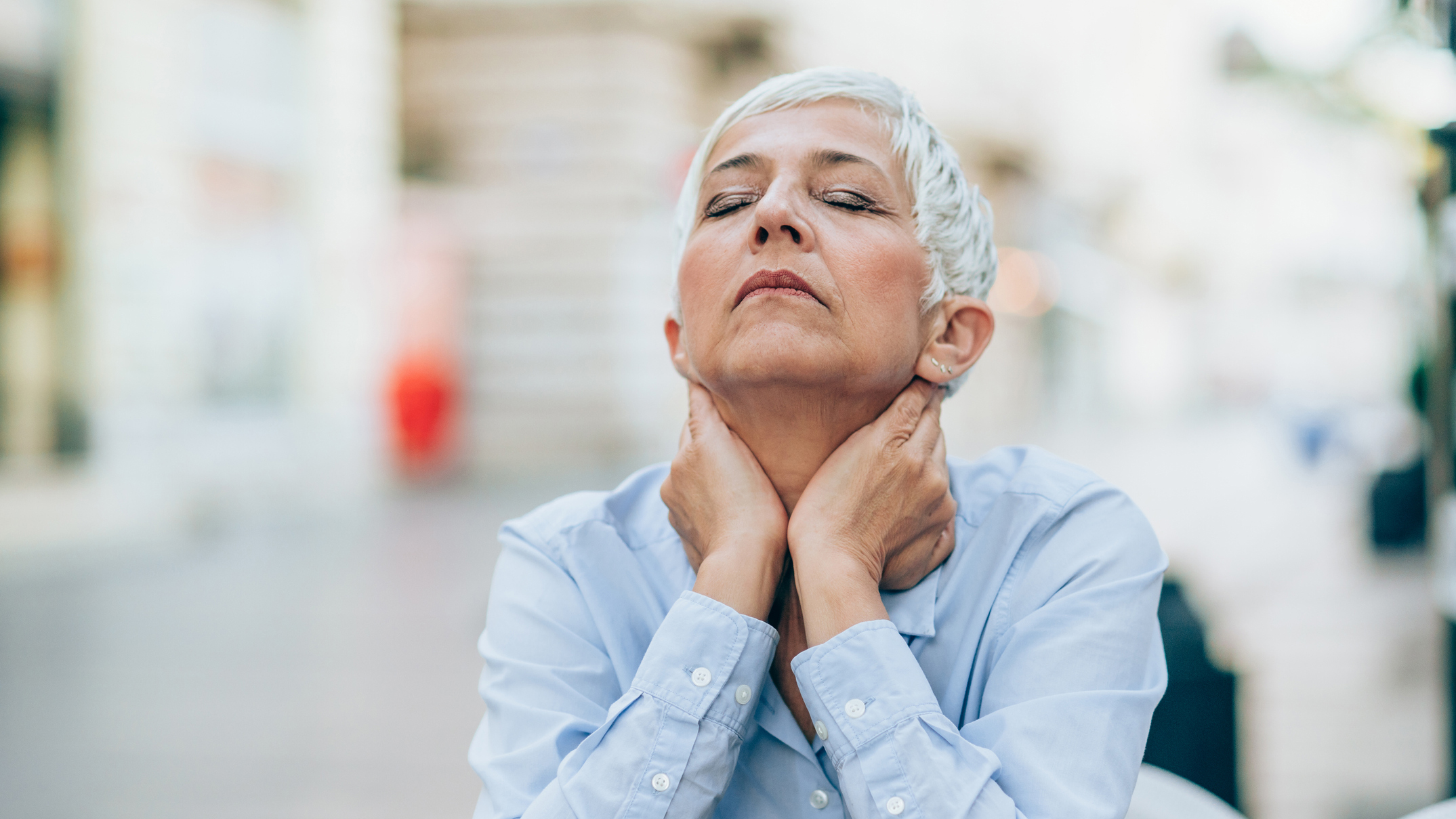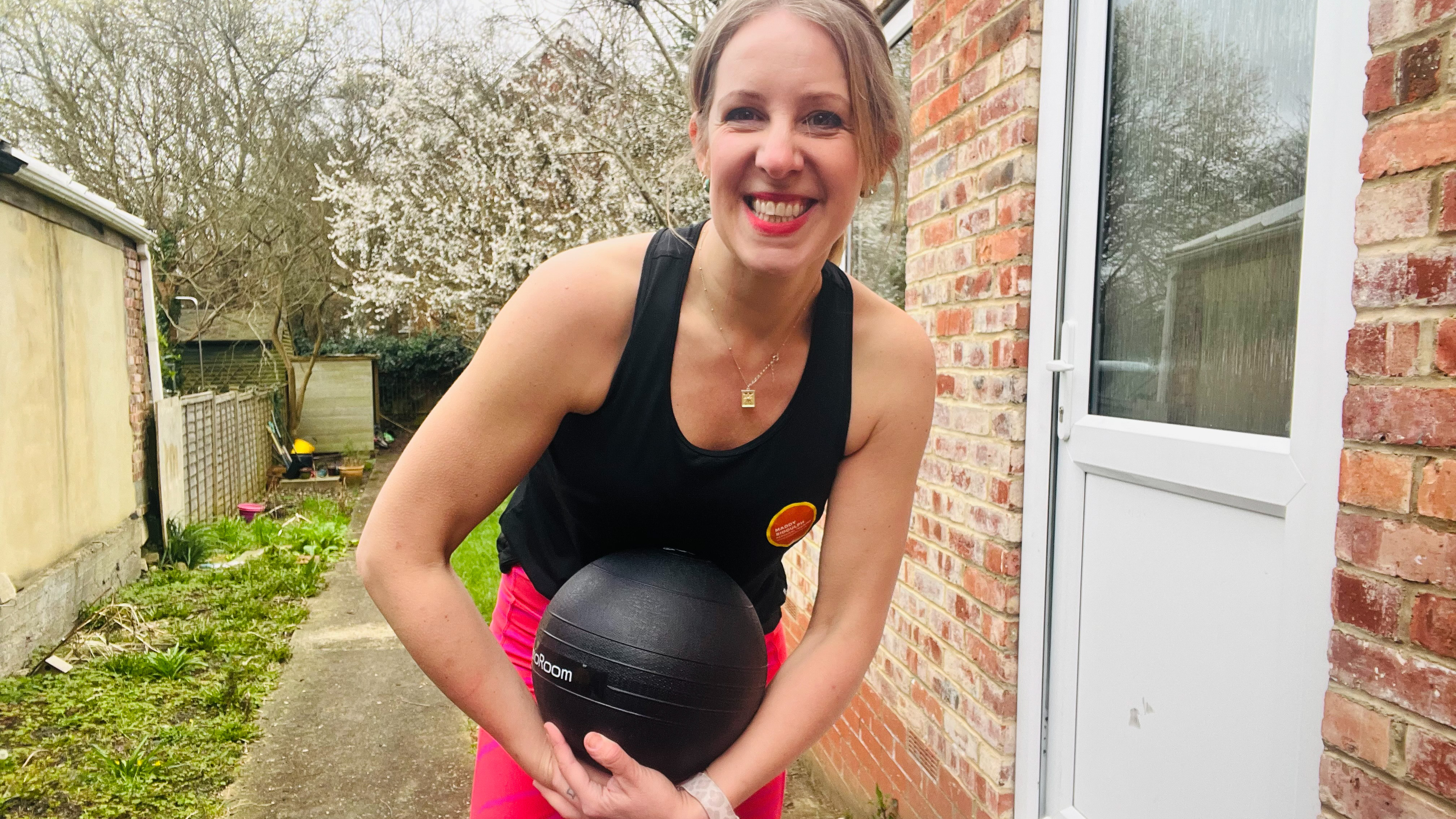Two experts break down the difference between menopause and perimenopause
Two experts explain what happens before and during menopause – and why it's not necessarily a bad time of life


Menopause can be a very difficult time for women. With declining oestrogen, the loss of periods, hot flushes, headaches, mood swings, anxiety and depression, it's essential we understand what's going on.
However, menopause is often treated as a bit of a taboo subject, which leads to a lot of surprises and mysteries for many women, who sometimes don't understand or misdiagnose what they're going through. Throw in the idea of a separate "perimenopause" period, and things start to get really confusing.
Enter Dr Zoe Schaedel and menopause dietician Nigel Denby, who took to our Instagram with a comprehensive breakdown of the subject. What is the difference between menopause and perimenopause, and how can you tell if this is what you're going through? How can you manage this period in your life and start prioritising your own needs again?
While watching, check out our list of the best menopause supplements to help you manage symptoms more effectively.
Watch the experts' talk on menopause and perimenopause here:
Menopause: hormonal changes in your body and the perimenopause period
Schaedel says menopause is "the phase of life which occurs after your periods have stopped. The diagnosis of menopause is made one year after your last period. What people are less aware of is the lead-up to that point. In order to get to the point in which your periods stop, all sorts of hormonal changes have to happen, you could call it hormonal chaos.
"When that happens, it can be five or even ten years before the last period, and that time is called the perimenopause. People don't know what to expect, there isn't much good education on it."
The average age for the last period is about fifty, according to Shaedel and Denby. The perimenopause is, on average, around five years before that. But so many symptoms can occur during this period, even before your period has stopped, that might lead to a misunderstanding of what's happening in your body.
Get the Fit&Well Newsletter
Start your week with achievable workout ideas, health tips and wellbeing advice in your inbox.
Shaedel says hot flushes occur when oestrogen begins to drop. However, much more commonly in the perimenopausal period, people can notice they're getting more anxious and less confident. Sleep is often disturbed – sometimes sleep goes out the window for seemingly no reason, and this is often the result of hormonal changes.
Often these changes are confused with depression and anxiety, which can lead to a misdiagnosis and mistreatment with antidepressants. Because this is a hormonal change rather than clinical depression, antidepressants won't address the root cause of the problem. However, this is conditional to the "roller coaster" of hormonal variations, and will naturally ebb and flow as will the other symptoms such as dry skin and hot flushes.
Matt Evans is an experienced health and fitness journalist and is currently Fitness and Wellbeing Editor at TechRadar, covering all things exercise and nutrition on Fit&Well's tech-focused sister site. Matt originally discovered exercise through martial arts: he holds a black belt in Karate and remains a keen runner, gym-goer, and infrequent yogi. His top fitness tip? Stretch.
-
 I tried wall balls for 30 days and the results surprised me
I tried wall balls for 30 days and the results surprised meTry this fitness challenge to boost total body strength
By Maddy Biddulph
-
 One simple thing new parents should prioritize above all else to maintain their health and fitness, according to a Centr trainer
One simple thing new parents should prioritize above all else to maintain their health and fitness, according to a Centr trainerHere's what I'm doing differently since becoming a first-time dad
By Sam Rider